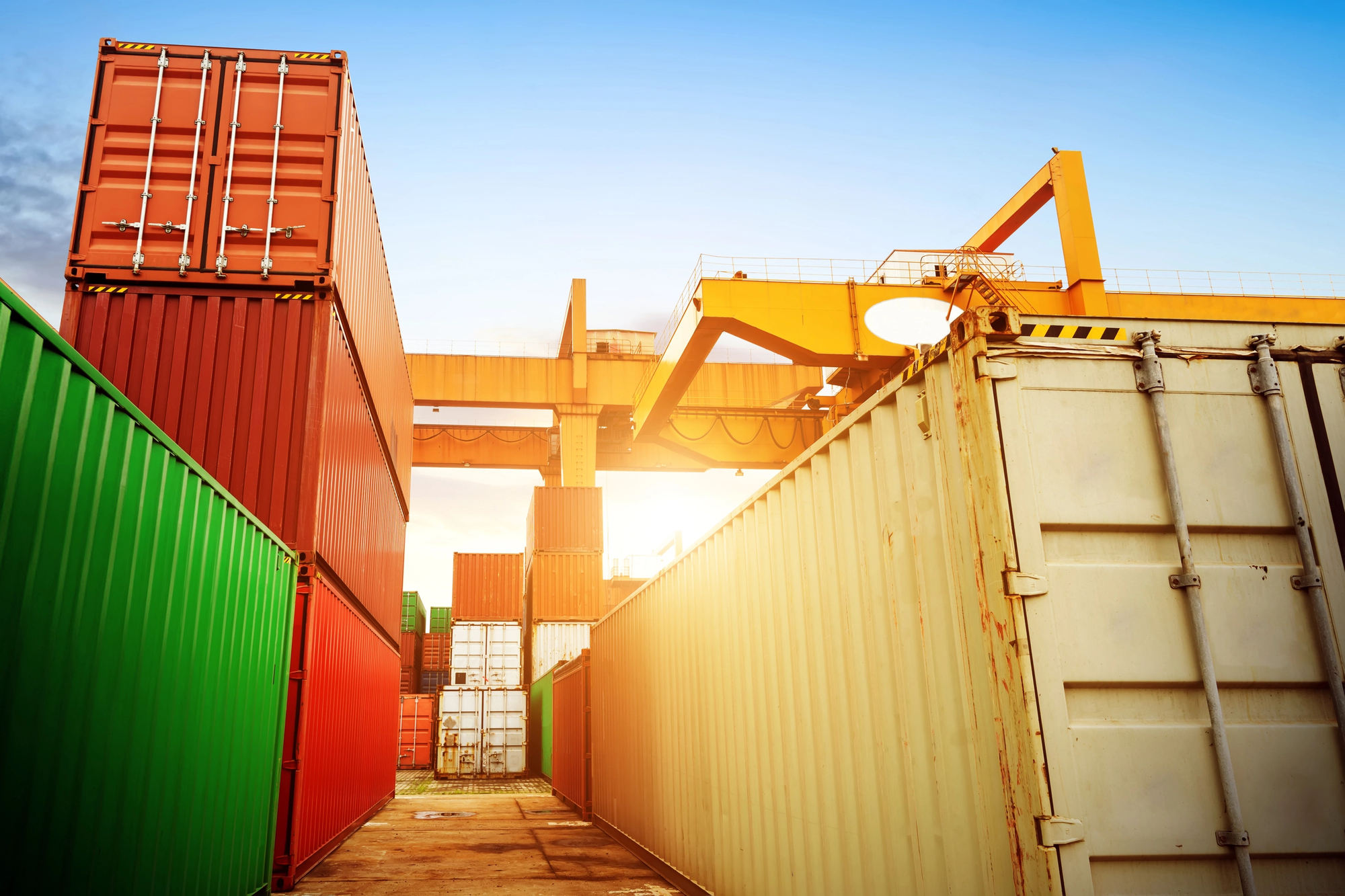
Logistics - First Class!
(904) 549-6950

In the logistics industry, time, efficiency, and low costs are everything. One of the unsung heroes of modern supply chains that helps shippers accomplish all three is the standardized shipping container.
From manufacturing hubs to retail shelves, containers play a crucial role in keeping goods moving smoothly. But what exactly makes standardized containers so essential? Let’s dive into the top 6 benefits.
Standardized containers are designed to fit seamlessly across multiple modes of transport—ships, trucks, and trains. This intermodal compatibility reduces the need for repackaging, minimizes handling errors, and keeps goods moving faster from origin to destination.
Containers provide a secure, enclosed environment that protects cargo from damage, theft, and weather-related risks. For high-value or fragile items, using standardized containers ensures that products arrive in optimal condition, reducing loss and insurance claims.
By using standardized sizes and formats, logistics companies can maximize space utilization on ships, trucks, and in warehouses. This efficiency lowers shipping costs per unit and reduces fuel consumption, making it both economical and environmentally friendly.
With consistent container sizes and tracking protocols, managing inventory becomes much easier. Companies can plan storage layouts, track shipments, and optimize warehouse operations with predictable container dimensions and handling procedures.
Standardized containers comply with international ISO standards, making them suitable for global shipping. Businesses can confidently send goods worldwide without worrying about compatibility issues, customs delays, or special handling requirements.
Using reusable standardized containers reduces the need for disposable packaging materials and limits waste. Additionally, optimized stacking and transport lower the carbon footprint of supply chains, supporting greener logistics practices.